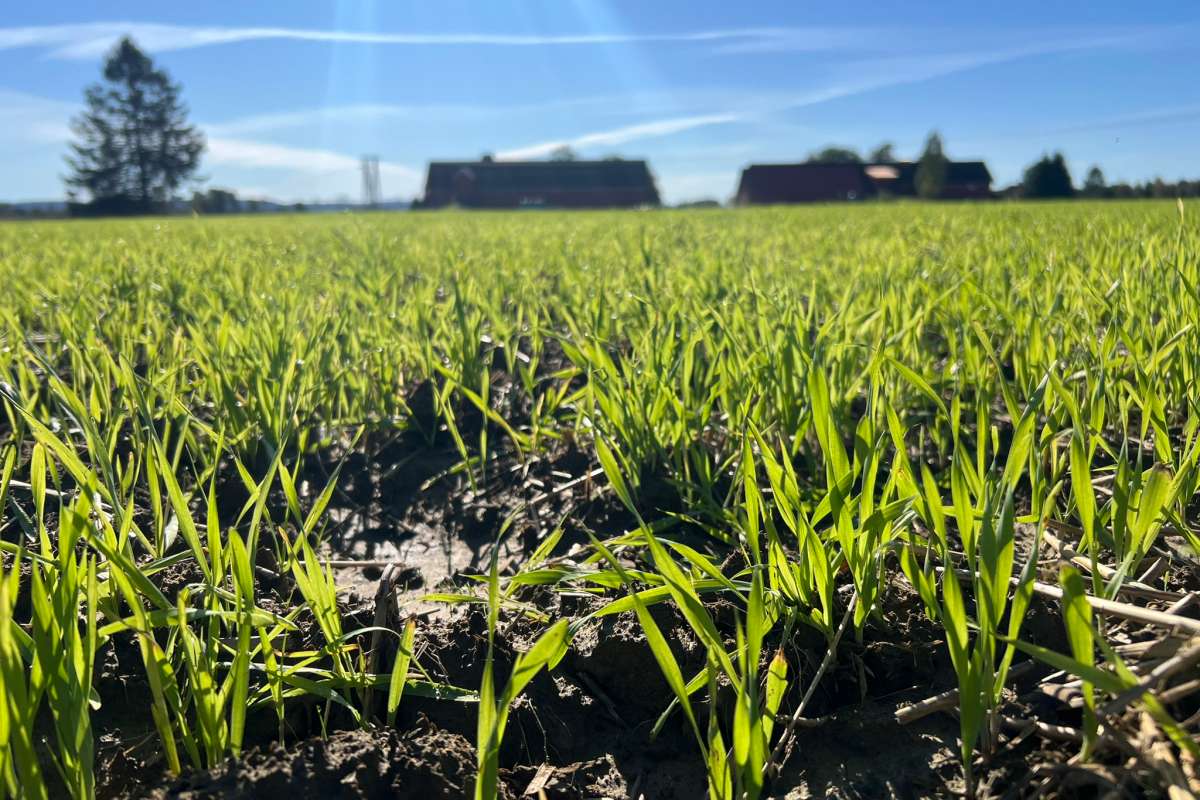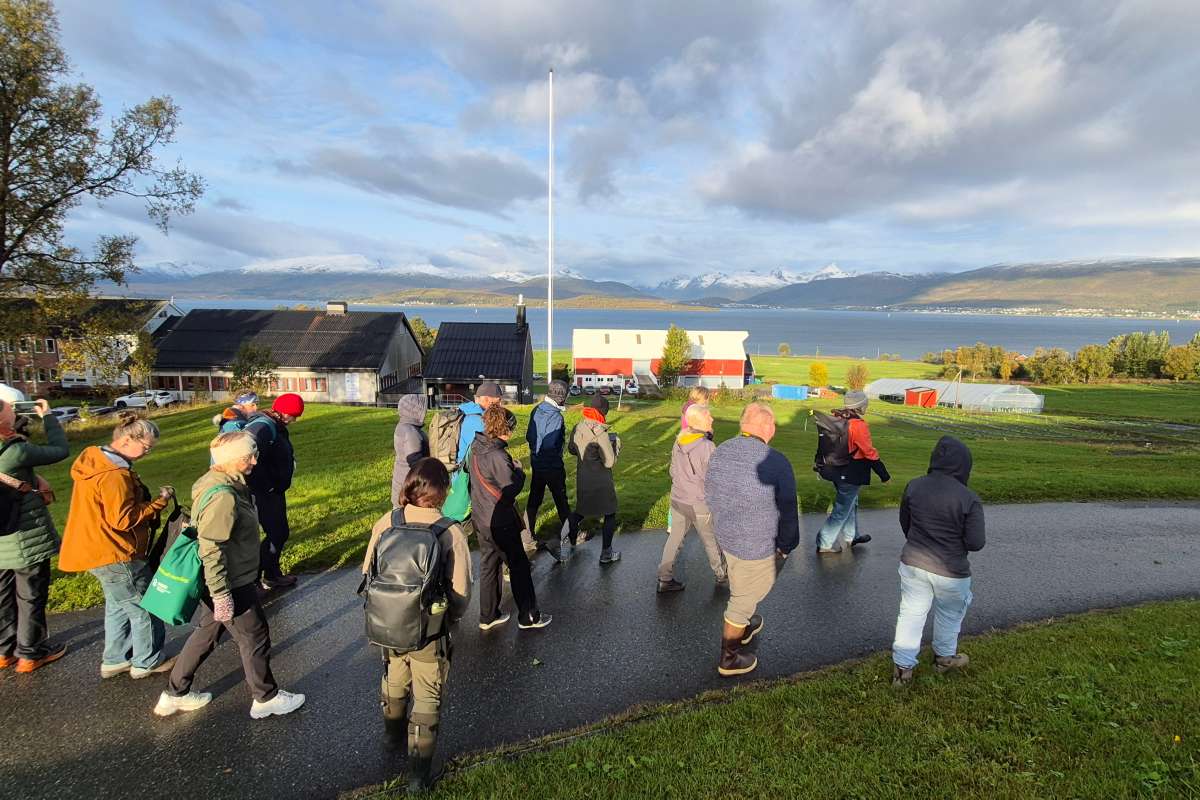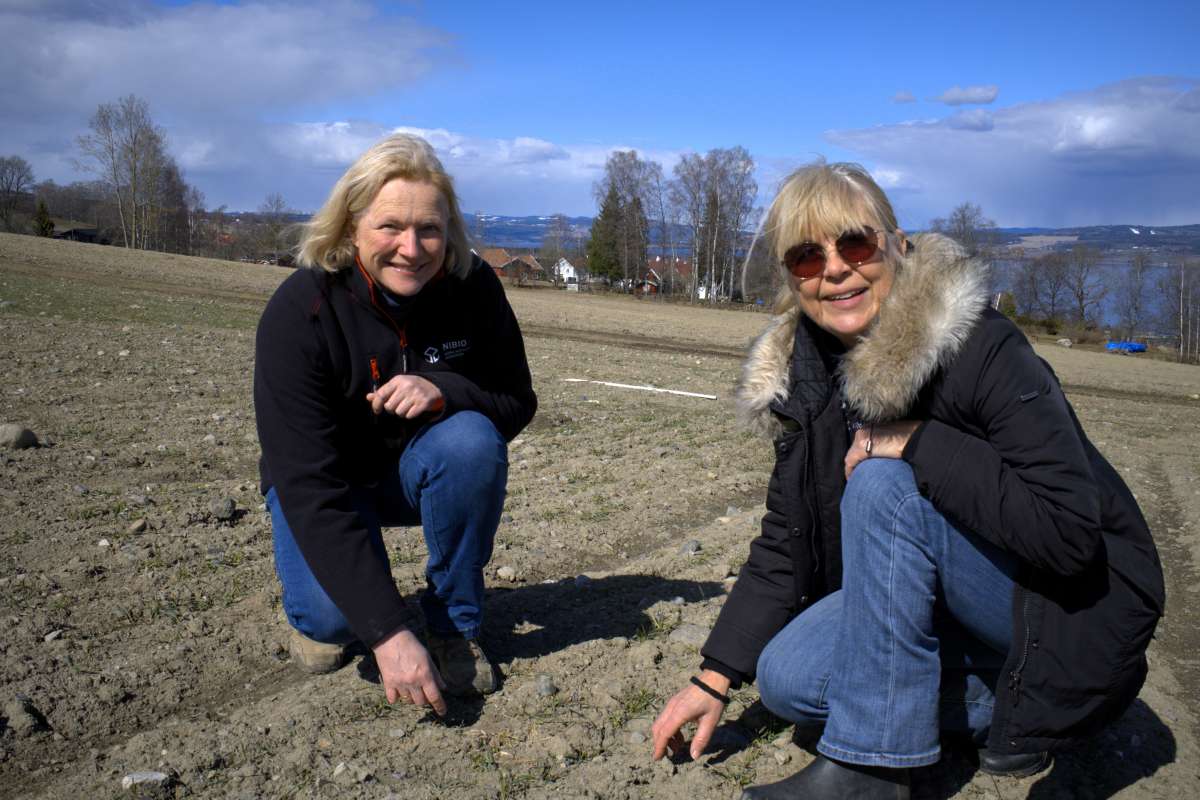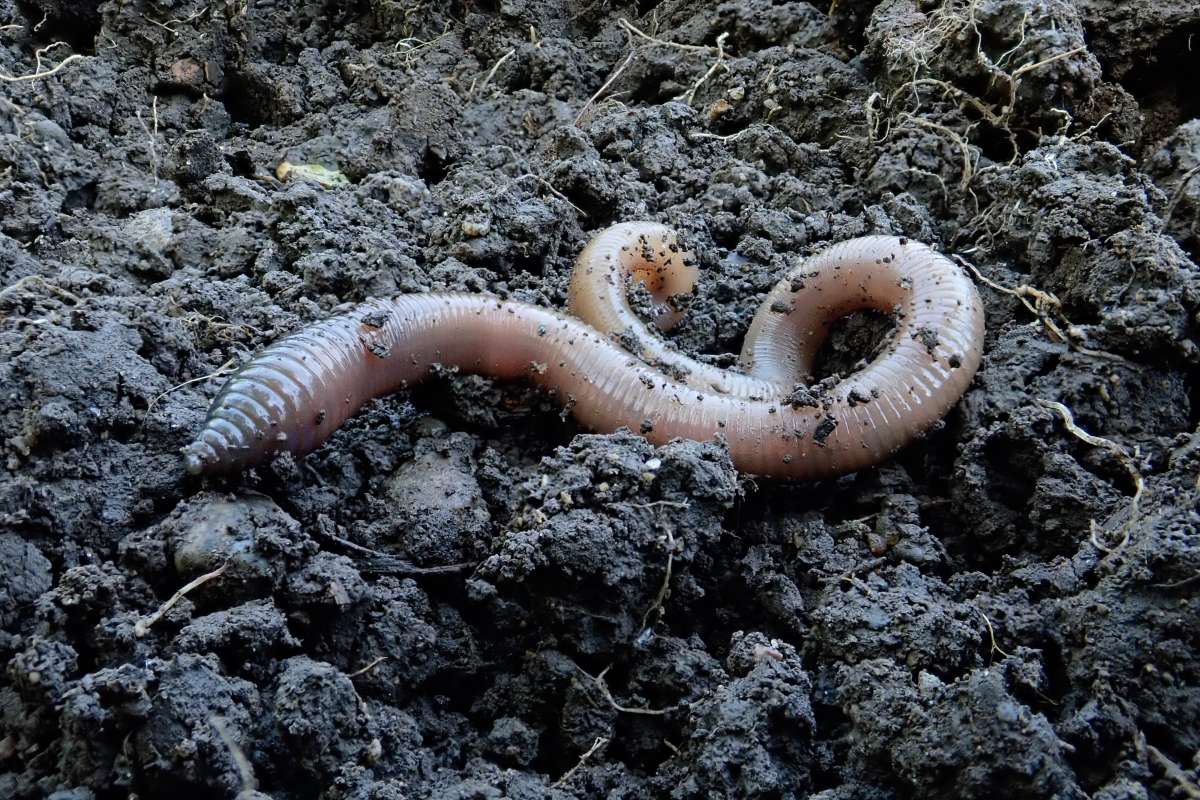New books about Norwegian fruit varieties
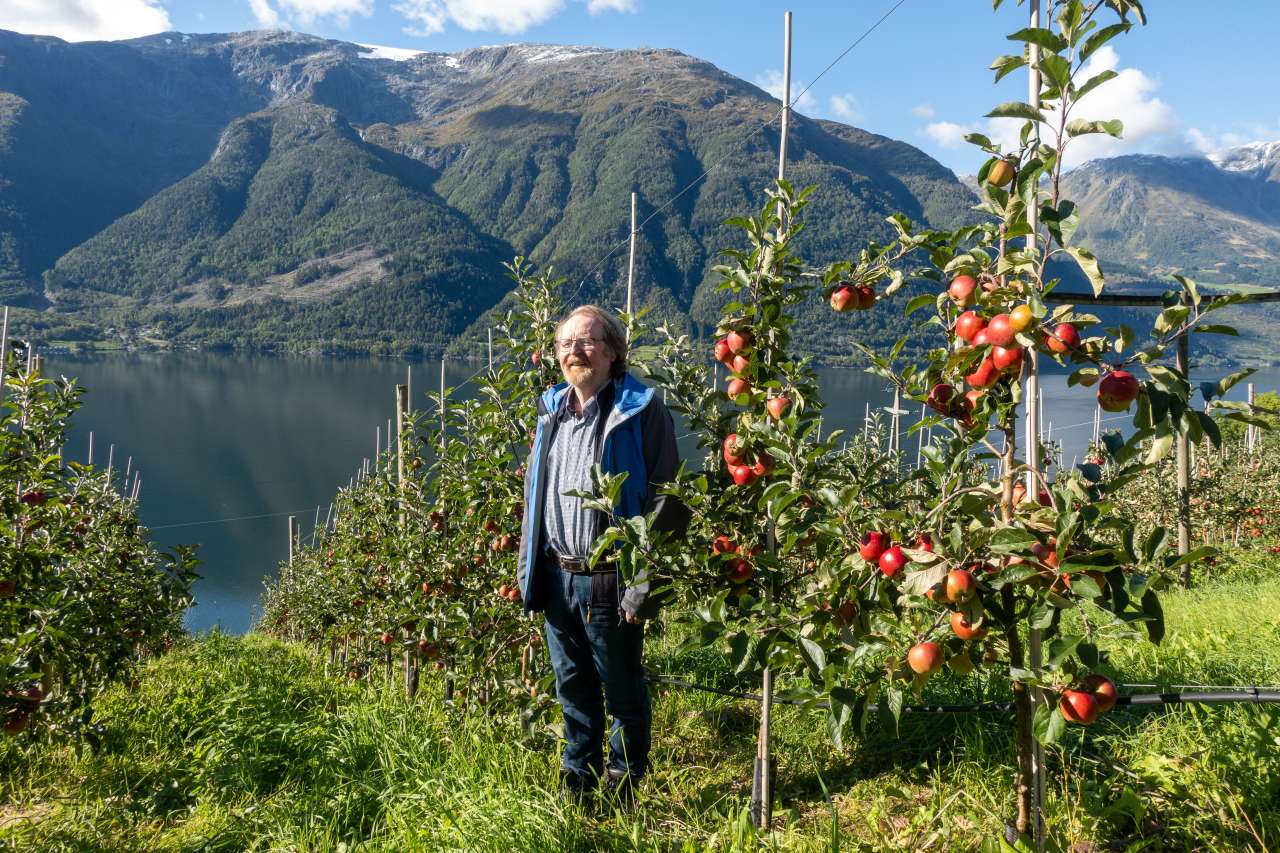
Senior researcher Mekjell Meland in his own apple orchard in Sørfjorden in Hardanger, Norway. Photo: Hege Ulfeng
Two new books document the characteristics of more than 200 traditional apple and plum varieties. The research reveals hidden qualities that could prove invaluable for the future.
“These are the most comprehensive variety descriptions we have ever had in Norway,” says senior researcher Mekjell Meland. He led the five-year research project Fruit-N-Quality, on which the books are based.
The books include detailed measurements of sweetness, acidity and antioxidant content, as well as information on ripening time, storage capacity, tree shape, tendency for biennial bearing, and fruit colour.
“Internationally, this type of variety description is more common, but you could say it’s somewhat groundbreaking here,” he adds.
Meland has more than thirty years of experience as a fruit researcher at NIBIO Ullensvang. After leaving NIBIO in the spring of 2025, he will continue his fruit research through his own company based in Ullensvang.
The Fruit-N-Quality project, fully financed by the Research Council of Norway, involved collaboration with colleagues and professionals in Norway and at the University of Belgrade in Serbia. Together they described 139 apple varieties and 65 plum varieties that have been grown on Norwegian soil for generations. Many of these are now preserved in clone archives at NIBIO Ullensvang, Njøs Frukt- og Bærsenter, the Norwegian University of Life Sciences (NMBU) at Ås, and Hjeltnes Kompetansesenter in Ulvik.
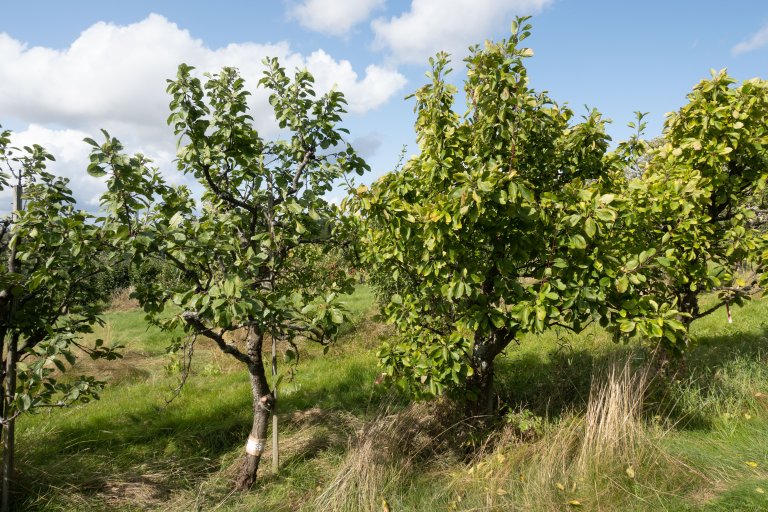
Old characteristics for future use
“Our motivation was to improve documentation of the genetic treasure we have in the form of old apple and plum varieties. We have also looked at raspberry varieties, but they haven’t yet received their own book. It’s important that this plant material is available together with solid knowledge to ensure future preservation and use,” says Meland.
“The varieties we’ve tested aren’t just museum pieces – they have real practical value.”
Over three years, fruit trees and yields were closely monitored, with detailed records and chemical analyses.
“The University of Belgrade contributed high-level expertise and performed most of the chemical analyses. We’ve had excellent collaboration that has resulted in several international publications,” says Meland.
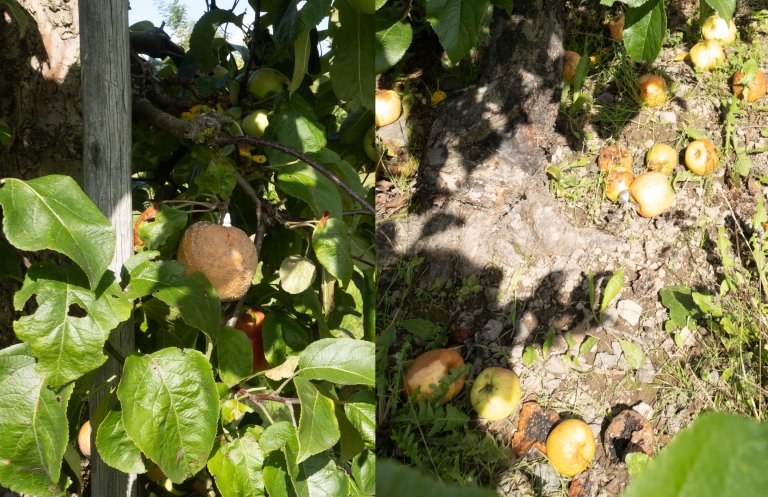
With fruit samples in the luggage
The research team described 30 different criteria, based on characteristics important for both cultivation and use. They took as their starting point an international standard created by EUFRIN (European Fruit Research Institutes Network).
“We examined both very early and very late varieties, very sour and very sweet ones. Information was even collected on the compounds found in the seeds. There’s a wide range of characteristics,” says Meland.
“We even discovered sixteen apple varieties that had never been scientifically described before. These are local varieties known by names such as Bananeple, Søteple and Tokheimseple.”
To collect fruit from many locations at the right time, good planning and cooperation were essential. The fruit was harvested at optimal ripeness and stored correctly. Meland praises the laboratories in Ås, Ullensvang and Belgrade for their excellent work.
“There’s been a lot of travelling back and forth to Belgrade with fruit samples in our luggage – we couldn’t risk anything getting lost in the mail,” he smiles.
“This has been one of the most enjoyable projects I’ve led – great collaboration and a lot of fun. That’s what drives you,” says Meland.
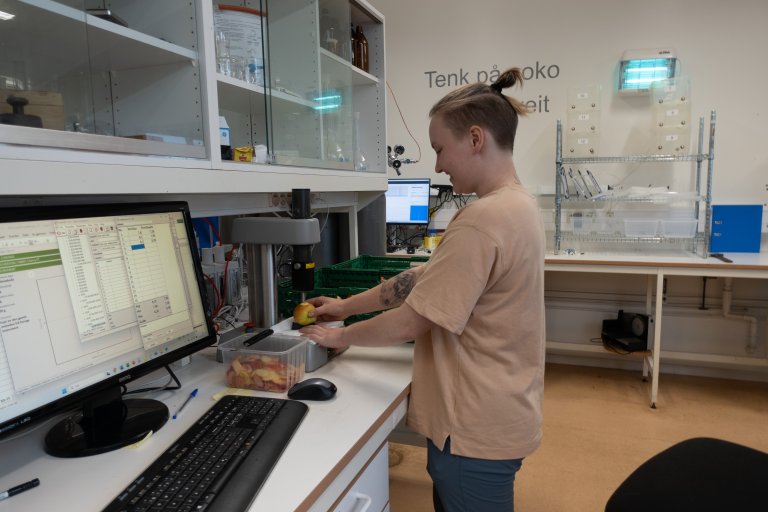
Variety information for growers and industry
After publishing a series of scientific articles from the project, the research group decided the information should also be made available to a wider audience. The books are therefore published in English. Co-author and NIBIO researcher Darius Kviklys compiled the comprehensive variety data for publication.
“Based on the results, we’ve made recommendations for various uses. Some varieties are excellent dessert apples. The old variety Rondestveit received the highest rating for fruit quality,” says Kviklys.
Apple varieties with very high acidity can be used as ingredients in concentrates or to balance products with low acid content. Others are suitable for juice or even jam, due to their good sugar-acid balance. Some may also be relevant as so-called functional foods – that is, foods with special health benefits.
“Some of the old apple varieties have a much higher content of phenolic compounds than newer ones. This is interesting for health-oriented consumers. One example is Paradiseple. These varieties could be valuable for developing health-promoting products,” says Kviklys.
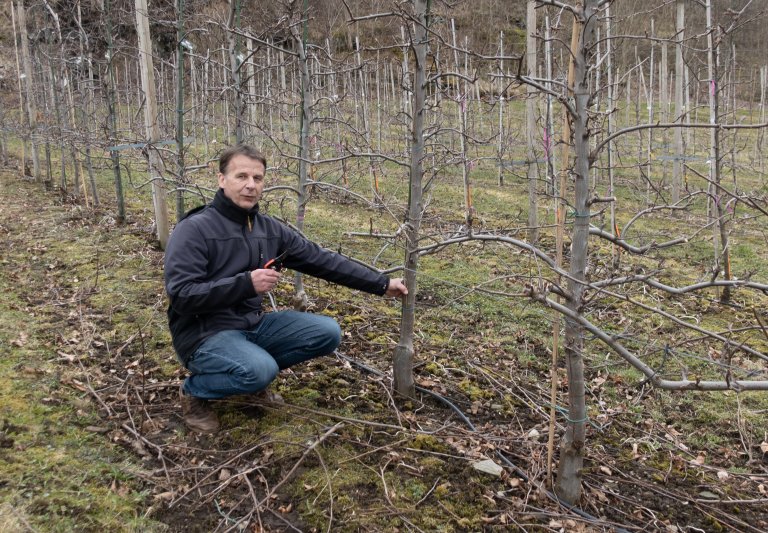
Plum diversity for health and palate
The book on plum varieties provides similar recommendations.
“Thirteen plum varieties received very high ratings for taste, appearance and aroma. Among them were the old varieties Helgøyplomme, Reine Claude d’Althanns and Mallard – all first-class dessert plums. Several older plum varieties also had high levels of phenolic compounds; Reine Claude was one of them,” says Kviklys.
“Interestingly, we also have plum varieties producing fruits up to 90 grams – the size of small apples. Large-fruited old varieties include Edwards and Thames Cross.”
Njøs Frukt- og Bærsenter played a central role in the mapping of plum varieties.
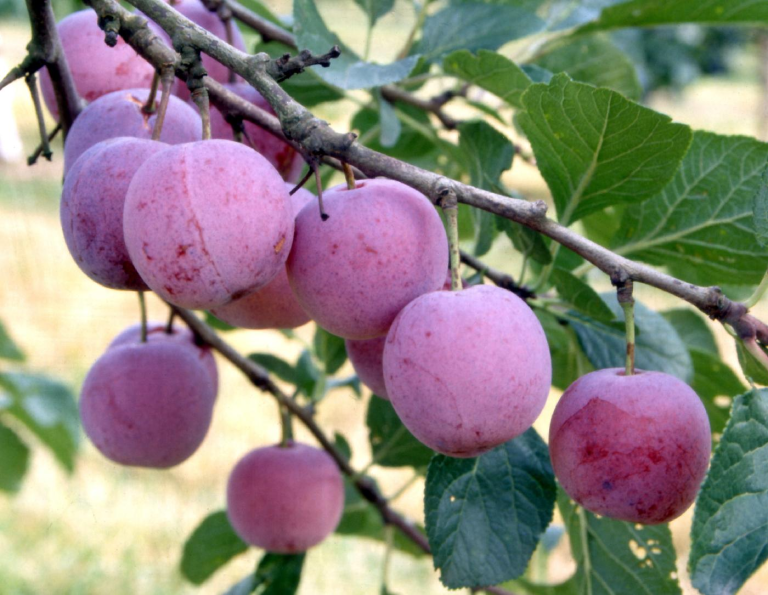
Challenges in cultivation
Kviklys works extensively on testing and developing cultivation systems for new fruit varieties in Norway. He notes that growing the old varieties can be challenging. Many fell out of production because they’re susceptible to diseases, have variable fruit quality, or drop fruit before it’s fully ripe.
Modern varieties are bred to meet demands for efficient cultivation systems, better storage, and modern taste preferences – often using old varieties as the genetic foundation.
“With better-adapted cultivation systems, we may be able to solve some of the challenges facing the old varieties,” says Kviklys.
“Even so, many old varieties will never be suitable for large-scale production, but those with disease resistance could be exciting options for niche markets,” he concludes.
Kviklys and his colleagues are now continuing their research on both old and newer varieties with specific applications in mind. For example, they’re studying varieties with high levels of particular amino acids that are important for fermentation in cider production.
From past to present and future
The two books represent years of detailed research and document an important part of Norway’s genetic heritage.
“This isn’t just research data – it’s documentation of how Norwegian farmers and breeders, through generations, have preserved and developed fruit varieties adapted to our climate and culture.
This is knowledge we cannot afford to lose,” Meland concludes.
Contacts
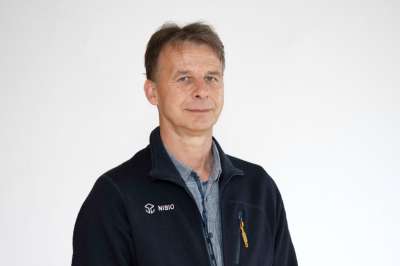
Darius Kviklys
Research Scientist
-
Division of Food Production and Society
(+47) 413 24 561 darius.kviklys@nibio.no Office Location: Ullensvang
Available free of charge
The books "Norwegian Heritage Apple Cultivars" and "Norwegian Heritage Plum Cultivars" can be downloaded free of charge from NIBIO's website.
See links under publications below.
Thanks for good collaboration
Project leader and senior researcher Mekjell Meland extends his sincere thanks to Marianne Hotle at NIBIO Ullensvang and to co-author and advisor (under a retirement agreement) Oddmund Frøynes.
Special thanks are also given to Stein Harald Hjeltnes and Kurab Røen at Njøs Frukt- og Bærsenter, and to Signe Hansen and Kari Grønnerød at NMBU, for their invaluable technical support, harvesting assistance, and work with the fruit samples.
Warm thanks also go to the collaborators and co-authors at the University of Belgrade – Zivoslav Tesic, Uroš Gašić, Tomislav Tosti, and Milica Fotirić Aksić – for their excellent contributions.
Clone Archives
For certain plant species, varieties and specific genotypes cannot be preserved in the form of seeds. In Norway, such varieties are grown as living plants in so-called clone archives or field gene banks. Old and preservation-worthy varieties of apples, pears, plums and cherries are preserved in 11 different clone archives. The Norwegian Genetic Resource Centre has primary responsibility for the conservation work.
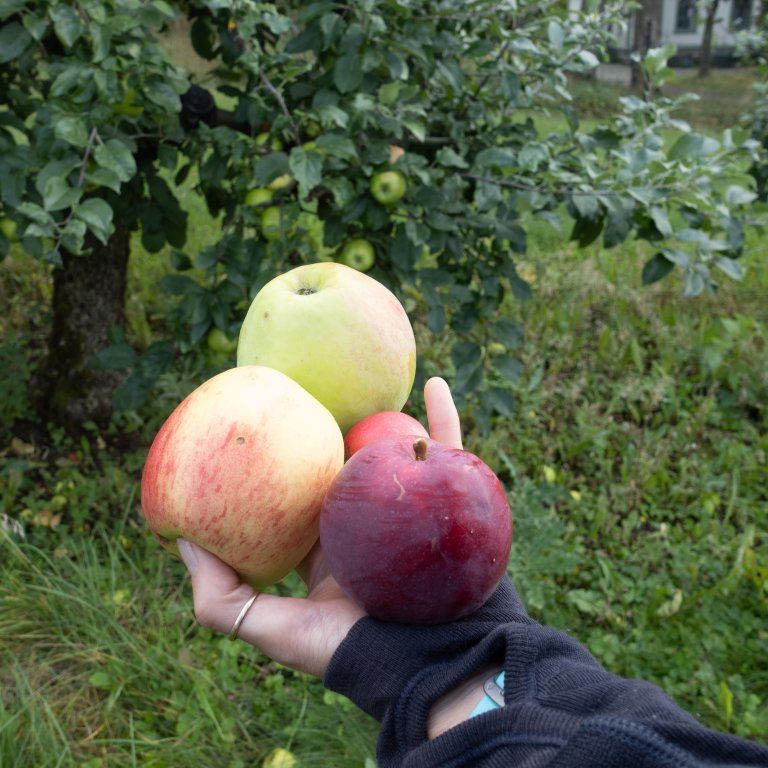
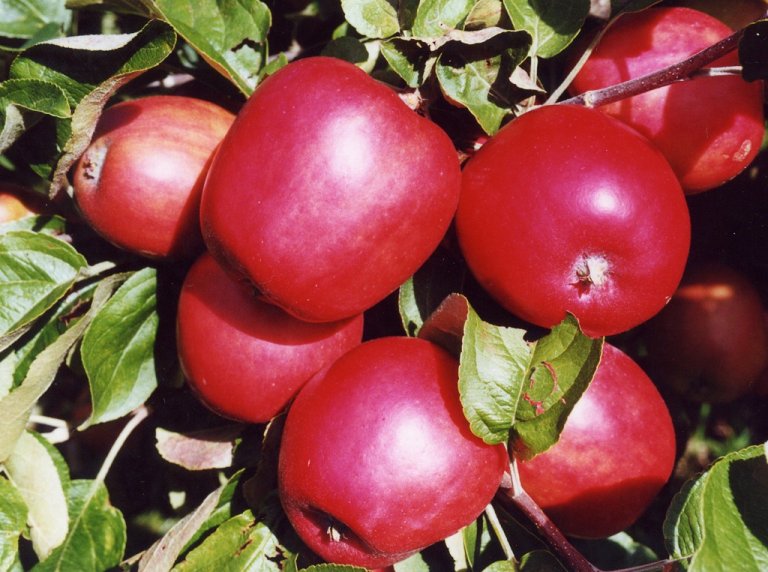
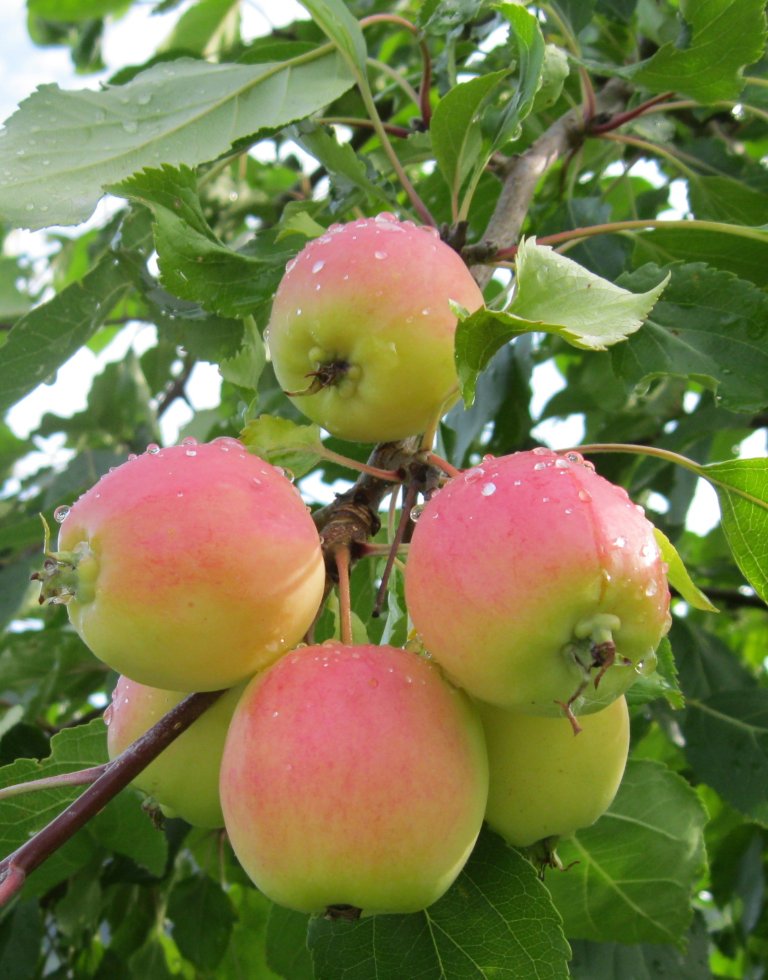
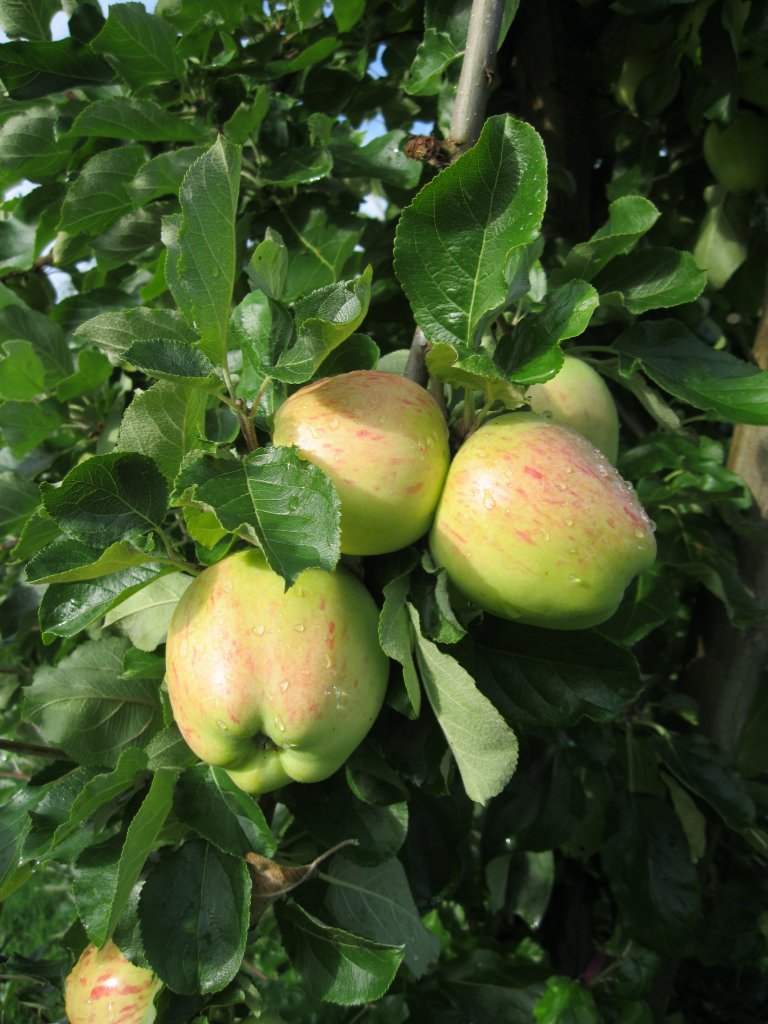
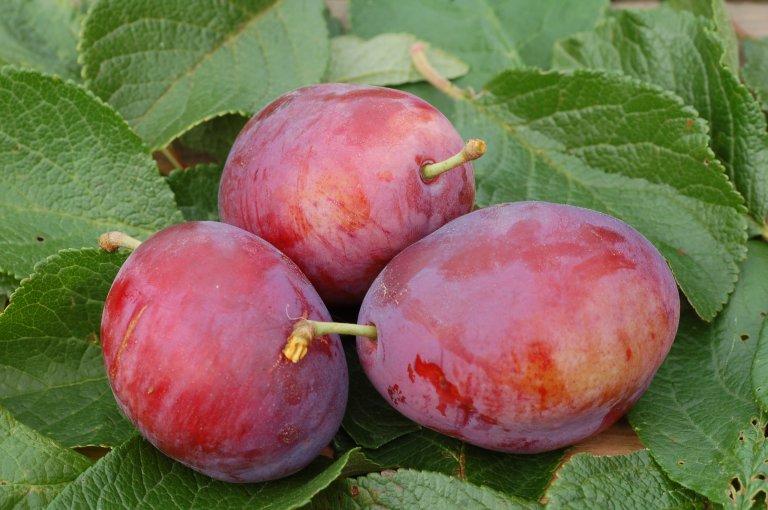
Contacts

Darius Kviklys
Research Scientist
-
Division of Food Production and Society
(+47) 413 24 561 darius.kviklys@nibio.no Office Location: Ullensvang
Publications
Authors
Mekjell Meland Oddmund Frøynes Darius Kviklys Uros Gasic Uroš Gašić Tomislav Tosti Milica Fotiric AksicAbstract
No abstract has been registered
Authors
Mekjell Meland Oddmund Frøynes Darius Kviklys Zivoslav Tesic Uroš Gašić Tomislav Tosti Milica Fotiric AksicAbstract
No abstract has been registered

